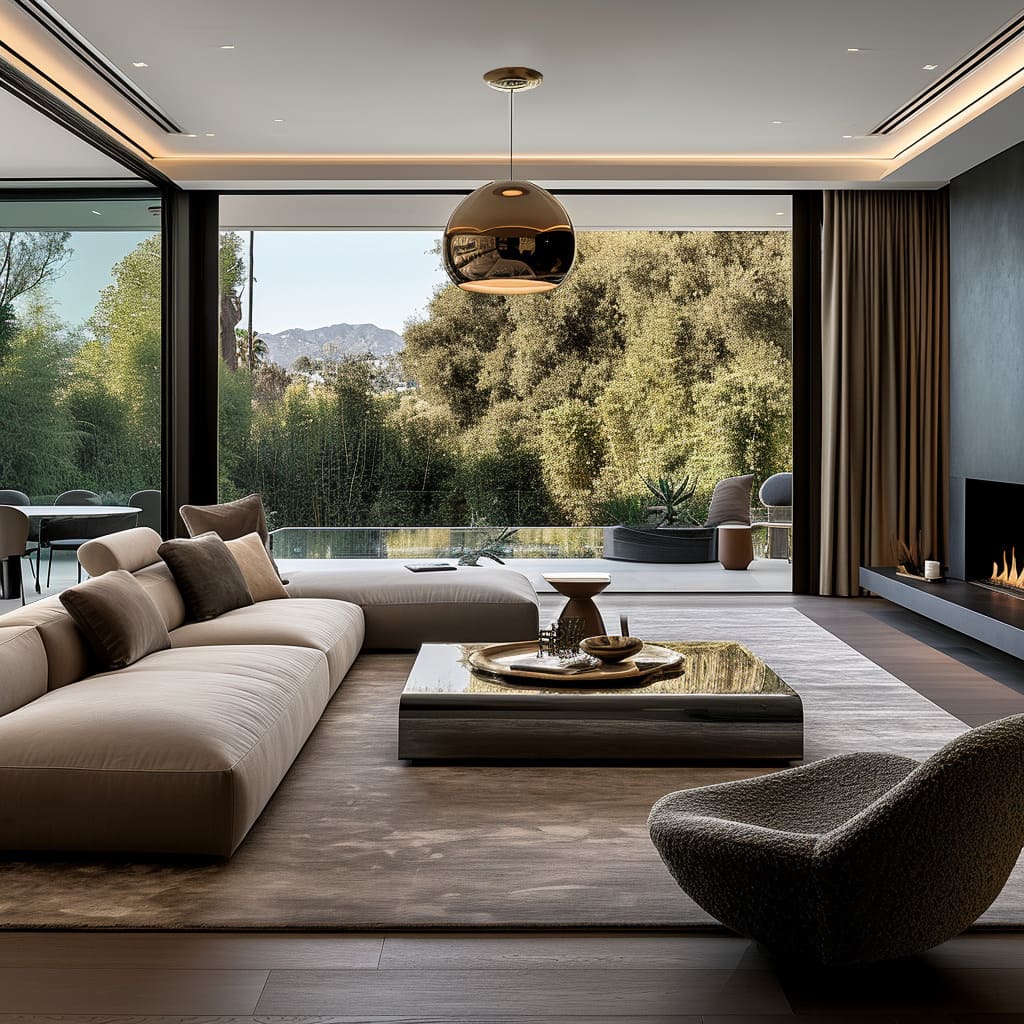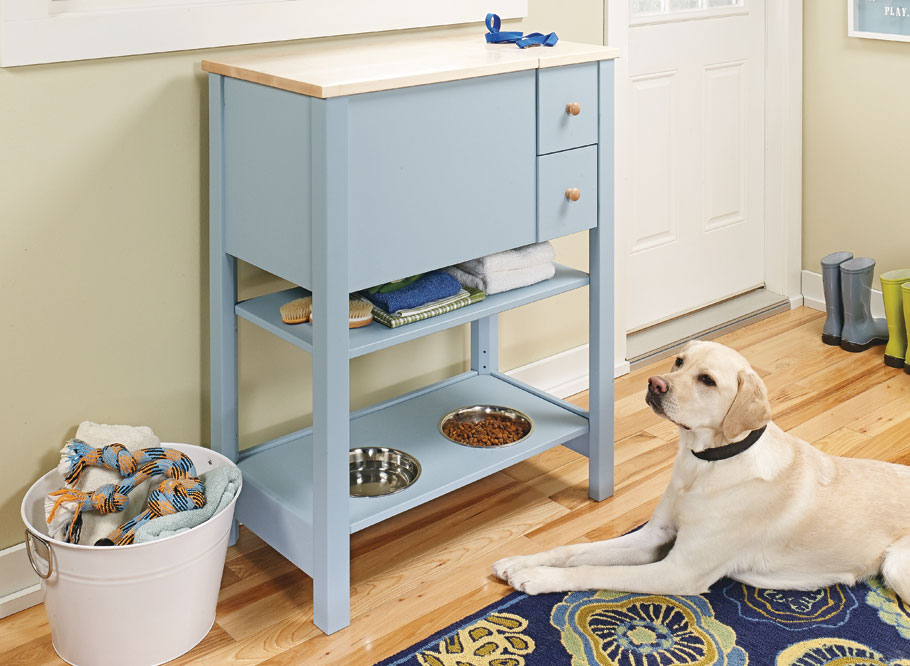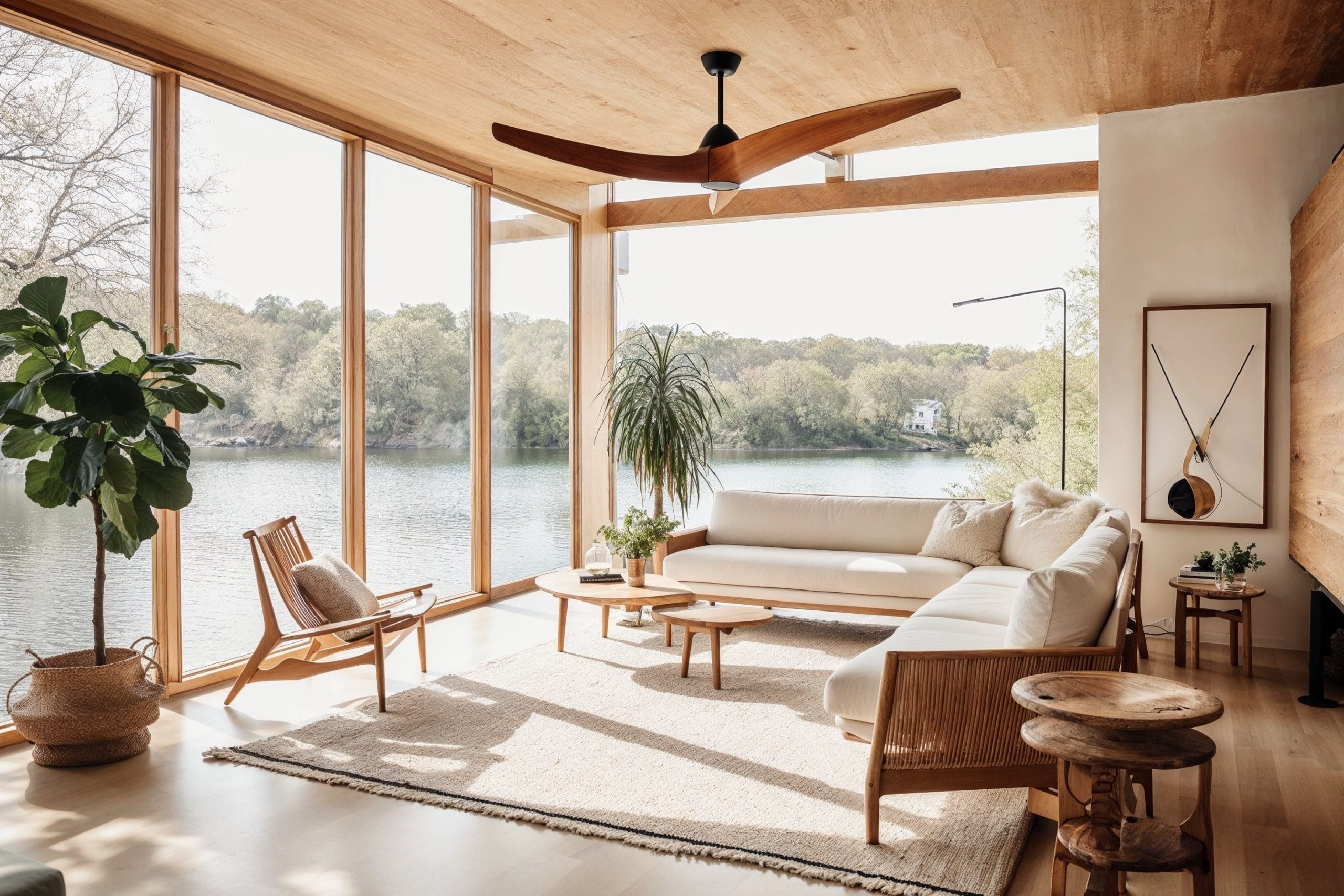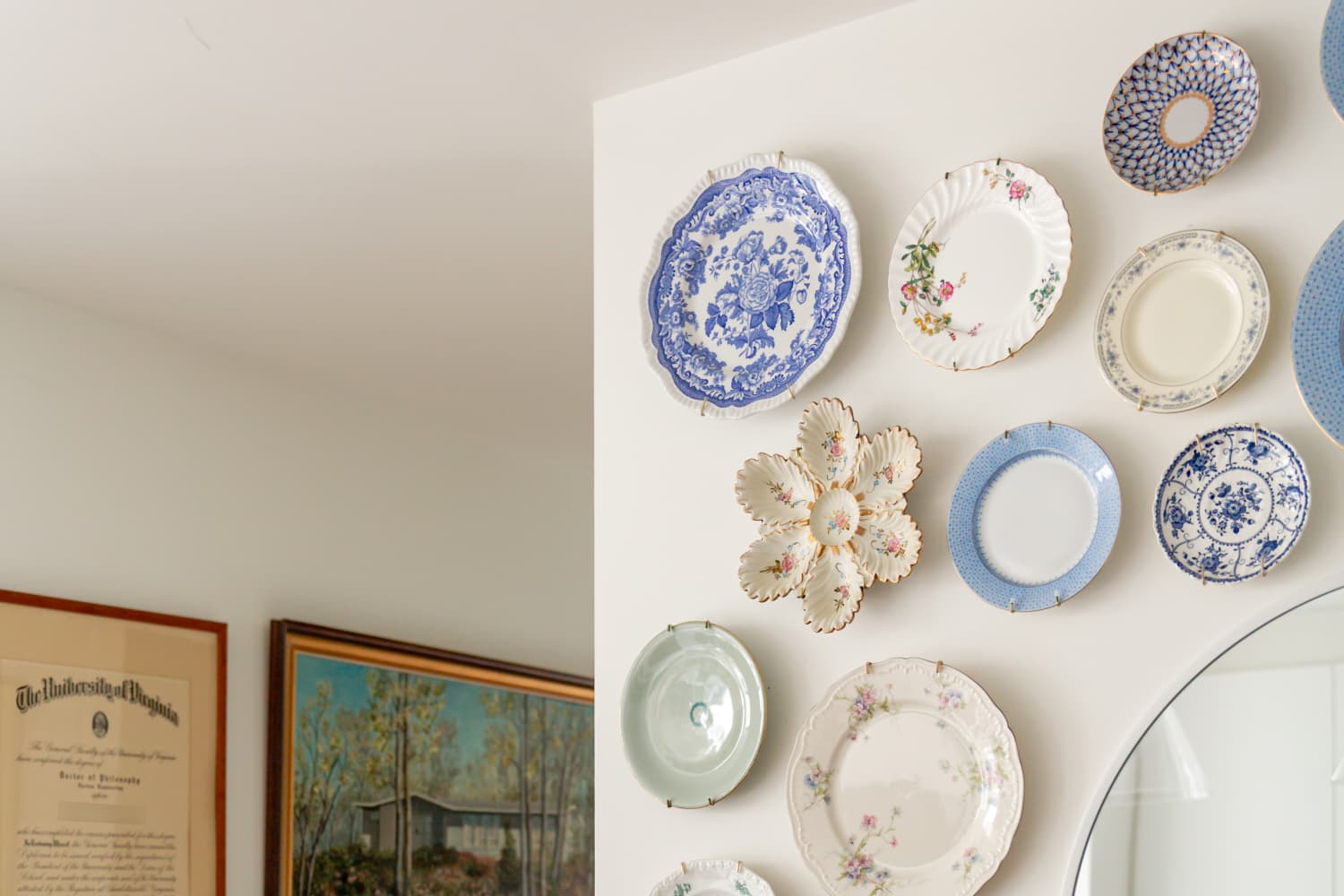Interior design is a fascinating mirror of societal trends, reflecting the values, technologies, and cultural shifts of each era. From the opulence of the 1920s to the eco-consciousness of the 21st century, American interior design has evolved through distinct phases, each leaving its mark on the spaces we inhabit. Let's embark on a journey through the decades, exploring how historic movements have shaped interior design trends in the United States.
1920s - The Roaring Twenties
The Roaring Twenties decade of the 1920s saw immense prosperity and optimism following the end of World War 1. This post-war celebration of life inspired the glamorous Art Deco interior design trend.
Heavily influenced by the 1925 Exposition in Paris, Art Deco homes embraced luxury with richly upholstered furnishings, dramatic geometric patterns, and ornate decorative details. Golds, silvers, and plush materials like velvet epitomized the indulgence of the era. From wood inlays to chandeliers, interior design featured stylized motifs like sunbursts and chevrons to evoke a sense of luxury and grandeur.
However, not all could afford such lavish aesthetics. A more simplistic trend emerged through the German Bauhaus design movement, which emphasized functionality and affordability through mass production.
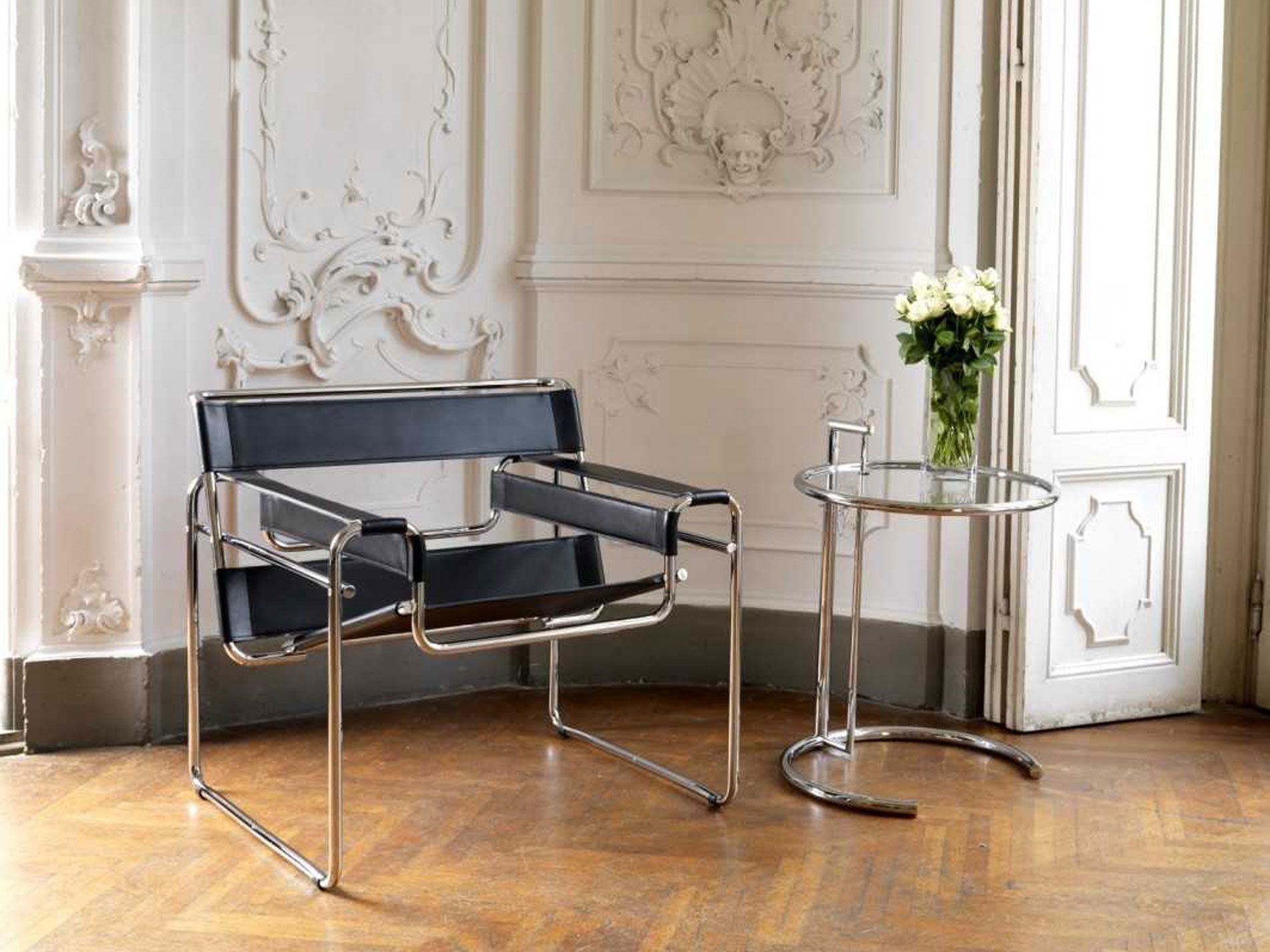
Designs focused on stripping pieces down to their purest forms. Marcel Breuer's tubular steel Wassily Chair, created in 1925, exemplified this minimalist approach through its sleek frame of woven leather without unnecessary frills.
While Art Deco lingered amongst the elite, Bauhaus began to make quality furniture accessible to the American middle class through industrial fabrication techniques. These contrasting yet influential trends came to define the exuberant yet developing decade of the 1920s.
1930s - The Great Depression and Streamline Moderne
As the Great Depression took hold in the 1930s, most Americans struggled financially and interior design reflected the nation’s austere economic realities. While Art Deco influences still lingered, designs became simpler, featuring pared-down geometric patterns and more affordable materials like lacquer and glass in place of luxurious fabrics.

Functionality and minimalism reigned supreme as frills were discarded to cut costs. This led to the emergence of the Streamline Moderne design movement. Drawing inspiration from advances in engineering and transportation technologies showcased at events like the 1933-34 Chicago World’s Fair, Streamline Moderne embraced sleek silhouettes and aerodynamic forms.
Characterized by long, smooth lines and rounded edges, this style employed industrial materials suited to the tight budgets of the time such as steel and glass. Colors and patterns were also muted compared to the lavish 1920s. Streamline Moderne perfectly captured the sentiments of hope for a future of progress out of the Depression through its embrace of new technologies and utilization of low-expense, cleanly designed furnishings.
1940s - War Efforts and Modernism
During World War II, technology was developed to support the war effort, allowing furniture production to shift towards mass manufacturing methods using new materials. This led to the rise of the Modernist design movement in the 1940s, which focused on simplicity, functionality, and elegant forms.
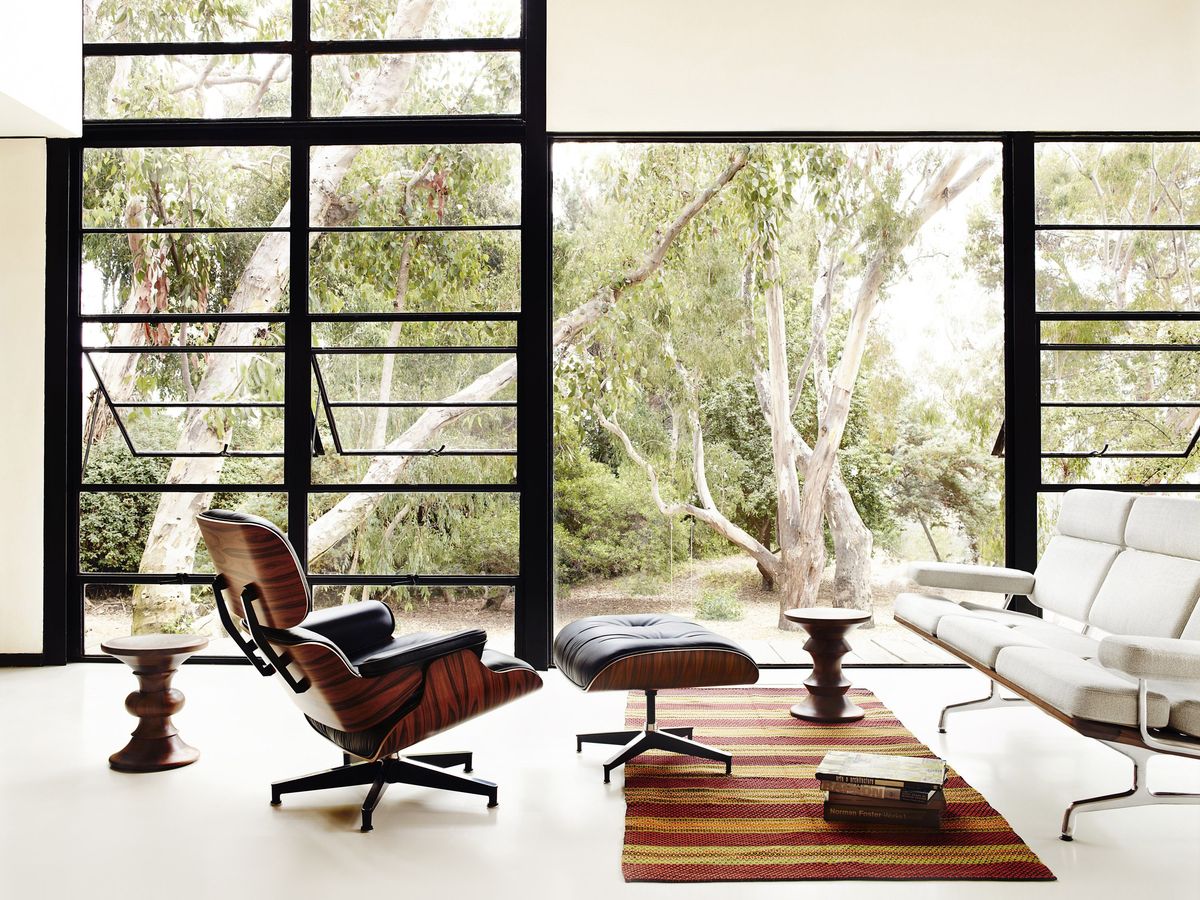
Characterized by sleek silhouettes, unadorned shapes, and smooth finishes, Modernism favored light metal frames and glass instead of heavy wood. Iconic mid-century designers like Eero Saarinen and Charles and Ray Eames began releasing furnishings that came to define the trend, like Saarinen's molded fiberglass chairs and the Eames' logo chair crafted from new lightweight materials. Modernism captured the optimism and sleek aesthetics of the postwar period.
1950s - Post-War Prosperity and Mid-Century Modern
The 1950s was a period of immense economic growth that allowed many Americans a more comfortable standard of living. For the wealthy, this resulted in more ornate furnishings resembling old European styles.

However, a contrasting aesthetic focussed on clean lines and functionality also emerged. Known as Mid-Century Modern, this popular trend took cues from Scandinavian design with simple geometric shapes, natural wood tones and sleek silhouettes that emphasized practicality and style.
Iconic pieces by Saarinen, Eames and Nelson became coveted. Architecturally, single-story ranch homes embodied suburban family life, featuring open floor plans that blended indoor and outdoor spaces seamlessly.
1960s - Counterculture and Psychedelic Patterns
The 1960s was a transformative decade defined by social unrest and countercultural rebellion. This anti-establishment spirit was reflected throughout interior design trends of the time. Vibrantly colored patterns portraying flowers and psychedelic motifs expressed the era's emphasis on youthful self-expression and questioning traditional styles.

Furnishings like bean bag chairs and modular pieces encouraged flexible living. Fitting with the decade's space-age fascination, lighting took on futuristic and otherworldly forms to stimulate imagination.
The design served as a means of personal commentary on tumultuous political times through the bold use of colors, lighting, and printed decor that deviated starkly from previous norms. Interior spaces became laboratories for challenging rules and celebrating liberation.
1970s - Environmentalism and Earthy Aesthetics
The first Earth Day in 1970 marked the beginning of large-scale environmental activism and a new earth-friendly direction in interior design. Inspired by the nascent ecological movement, home aesthetics shifted towards a muted, organic color palette featuring rusts, browns, and earth tones that evoked natural hues.
Designs incorporated abundant wood elements and handcrafted furnishings, reflecting an emphasis on sustainability and authenticity. Hanging plants added pops of green to urban spaces. Materials like rattan and leather replaced plastics. Casual, low-key furnishings like macramé, shag rugs, and bean bags encouraged relaxation over formality.
With open floor plans maximizing natural light, interiors embraced casual living suited to an era reflecting on humanity's impact on the planet amid political unrest. The laidback yet artisanal vibe of the 1970s style communicated growing environmental values.
1980s - Maximalism and Postmodernism
The 1980s gave rise to bold, boundary-pushing design trends that reflected the exuberant, style-obsessed culture of the era. Drawing inspiration from popular media like television shows and music videos, interiors embraced a maximalist aesthetic unafraid of mixing patterns, colors and textures with wild abandon.
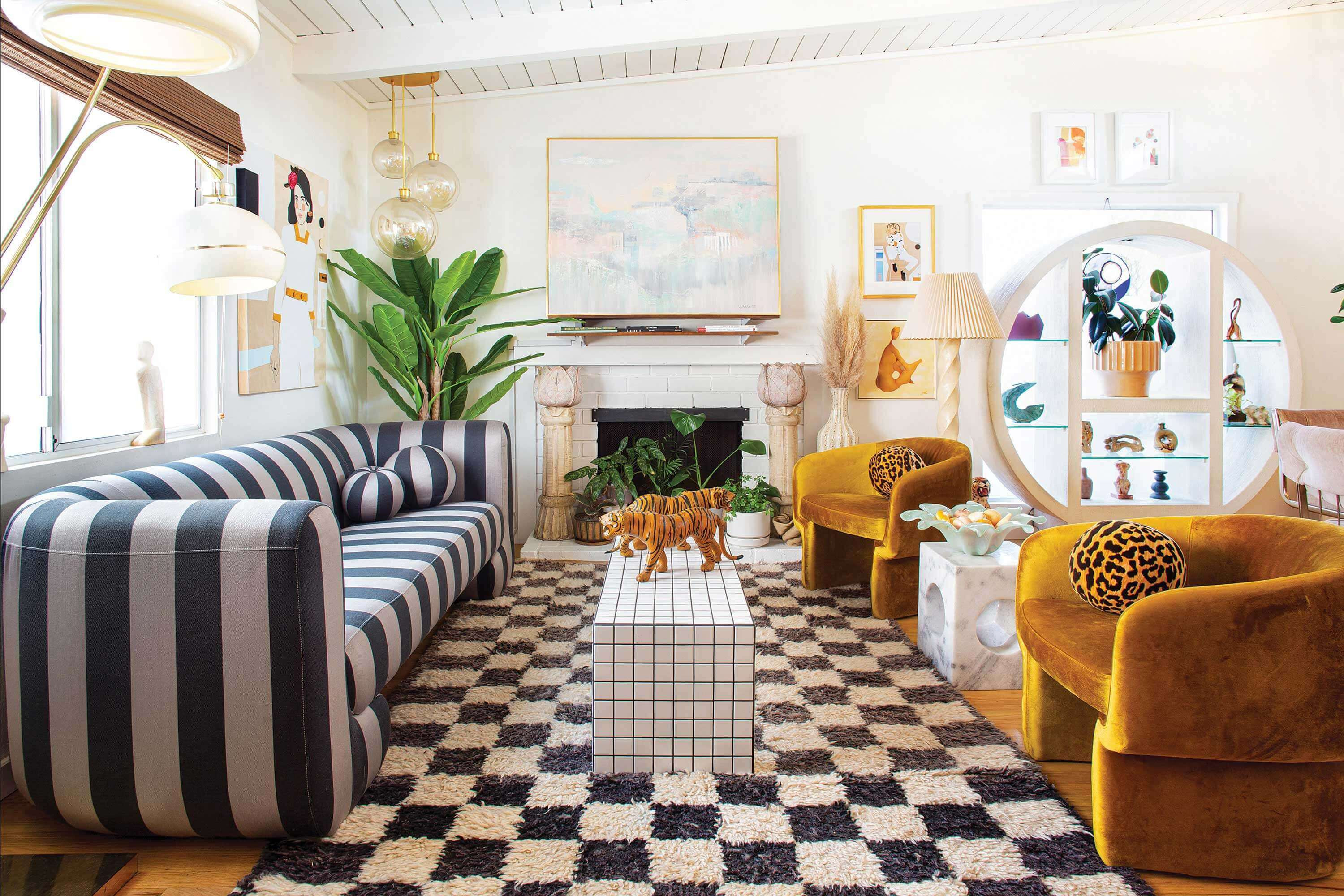
Postmodern design broke conventions by joyfully blending clashing styles and artistic movements into vibrantly mismatched ensembles. Iconic TV programs informed tastes, exemplified by saturated hues evoking the neon vibe of “Miami Vice.” Meanwhile, Italian architect Ettore Sottsass’ Memphis Group injected interiors with exuberant pop art graphics and postmodern geometric motifs that subverted mid-century modernism.
Furnishings took on dramatic silhouettes and unusual shapes meant to surprise and delight viewers. This playful, rules-defying approach suited an era in which decor became a means of personal expression and status.
1990s - Experimentation and Feng Shui
The economic stability and prosperity of the 1990s enabled experimentation in interior design styles and self-expression. Eclectic trends emerged such as sponge painting walls in colorful patterns, and decorating surfaces with decals and wallpaper featuring flora.
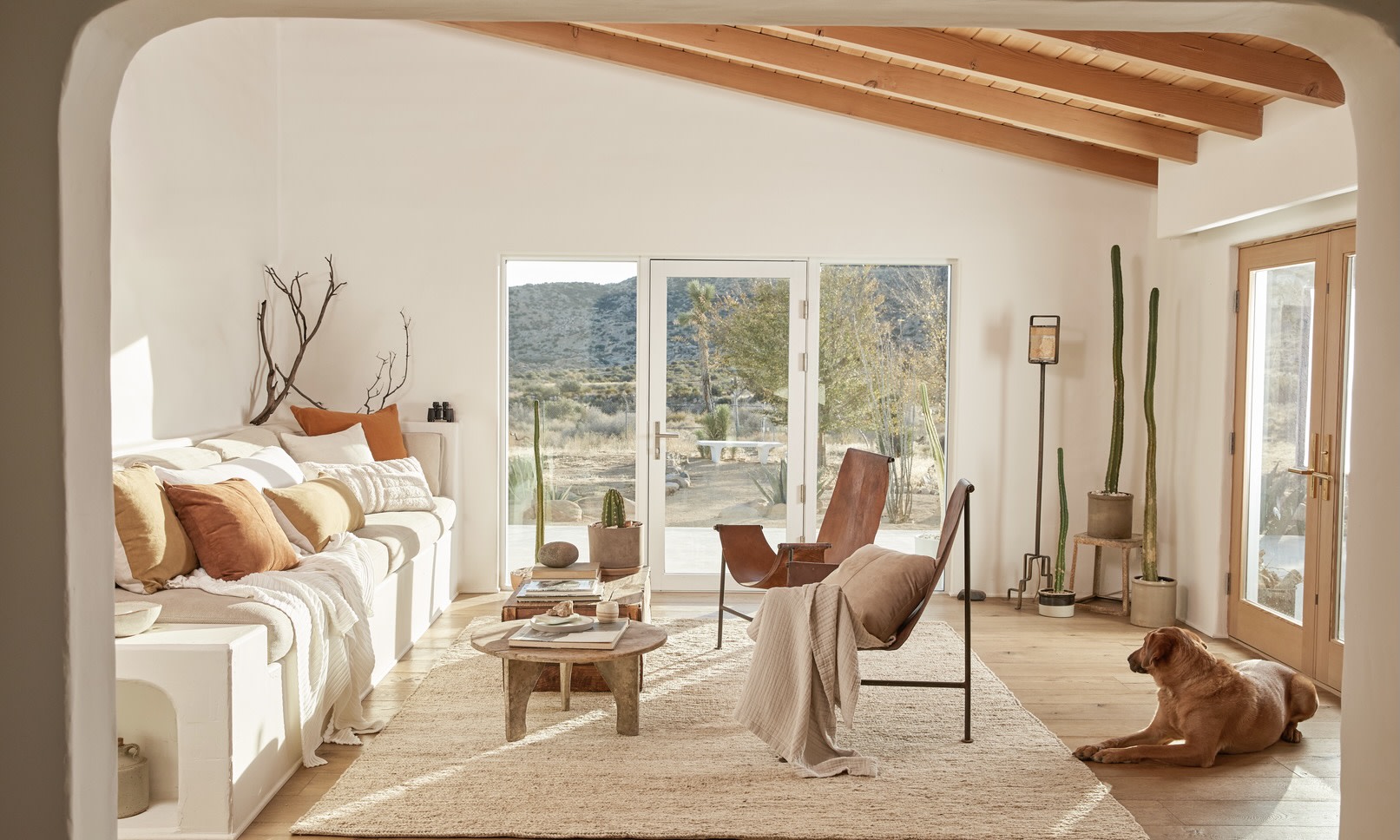
These casual aesthetics matched the upbeat zeitgeist. Additionally, Eastern philosophies like feng shui and Zen Buddhism guided designers to consider how spatial arrangement and flow impacted well-being.
Interiors incorporated soft natural elements and an open, balanced organization of furnishings to promote calm. Elsewhere, the burgeoning sustainability movement prompted the reuse of materials and the incorporation of greenery to reflect growing environmental values. This diverse expression, combined with mindful design principles emphasizing harmony, represented changing cultural priorities amid relative societal peace and economic opportunity.
2000s - Post-9/11 Coziness and Green Living
The early 2000s saw lingering fears following the traumatic events of 9/11, spurring interior trends focused on creating cozy, intimate spaces. Designs emphasized security, community, and warmth through eco-friendly materials like wood that evoked nature.
:max_bytes(150000):strip_icc()/2625301_ComeO_1582-2000-3b28efe61a6544e896478e26bd9e037f.jpg)
At the same time, the rising environmental consciousness of the late 1990s persisted into new calls for green living. Interiors incorporated eco-friendly features, recycled furnishings, and an abundance of flora to reflect concerns about sustainability.
Elsewhere, shabby chic styles using distressed textures romanticized a rustic aesthetic through cottage details like paint-chipped cabinets. In the later 2000s, maximalism revived as well, as bold collections of mixed patterns, colors, and materials provided visual stimulation. Overall, these diverse trends expressed desires for security, nature, and emotional comfort during uncertain times.
2010s - DIY Culture and Eclectic Mixes
As many experienced financial difficulty following the 2008 recession, interior design creativity flourished through the growth of a thriving DIY culture. Seeking affordable solutions, homeowners turned to online sources like blogs and TV shows specializing in do-it-yourself projects.
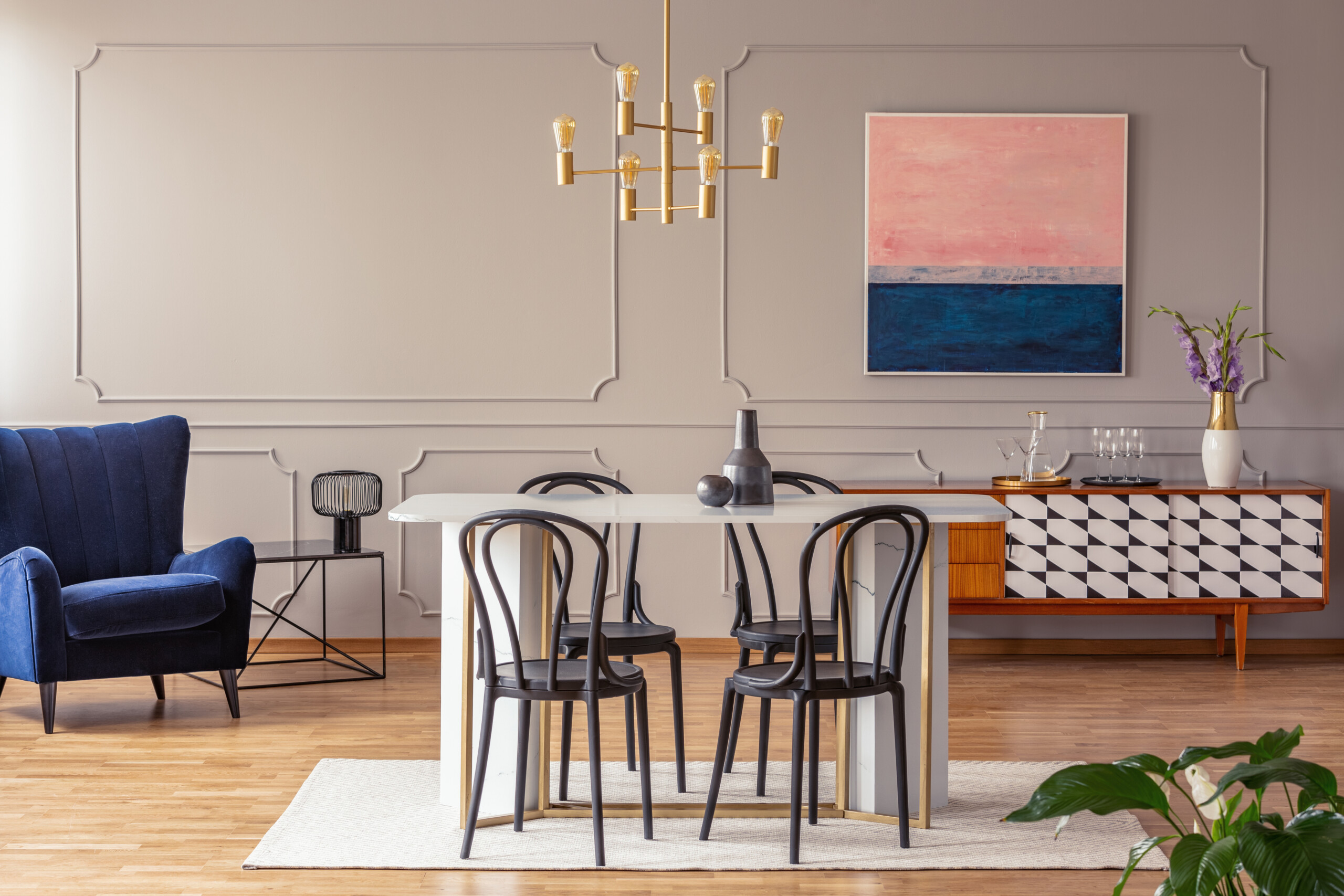
Eclectic layering became a popular aesthetic, involving ingenious mixes of furnishings from various design eras. In particular, mid-century modern pieces paired with rustic farmhouse accents created a trendy hybrid style.
Meanwhile, reclaimed and vintage items minimized waste. Overall adornment became more meaningful. Sustainability trends remained important too, manifesting in greener materials and commitment to reducing one’s environmental footprint. Resourcefulness defined the era amid changing economic conditions.
Related: Soft Simplicity: 5 Lessons for A Tranquil Scandinavian Interiors
Conclusion
American interior design is a rich tapestry woven from the threads of history, culture, and innovation. From the opulence of the Roaring Twenties to the eco-consciousness of the modern era, each decade has left its indelible imprint on the spaces we inhabit, reflecting the ever-evolving aspirations and values of society. As we continue, interior design will certainly continue to evolve, shaped by the changing tides of history and the ongoing quest for beauty, functionality, and meaning in our living spaces.
